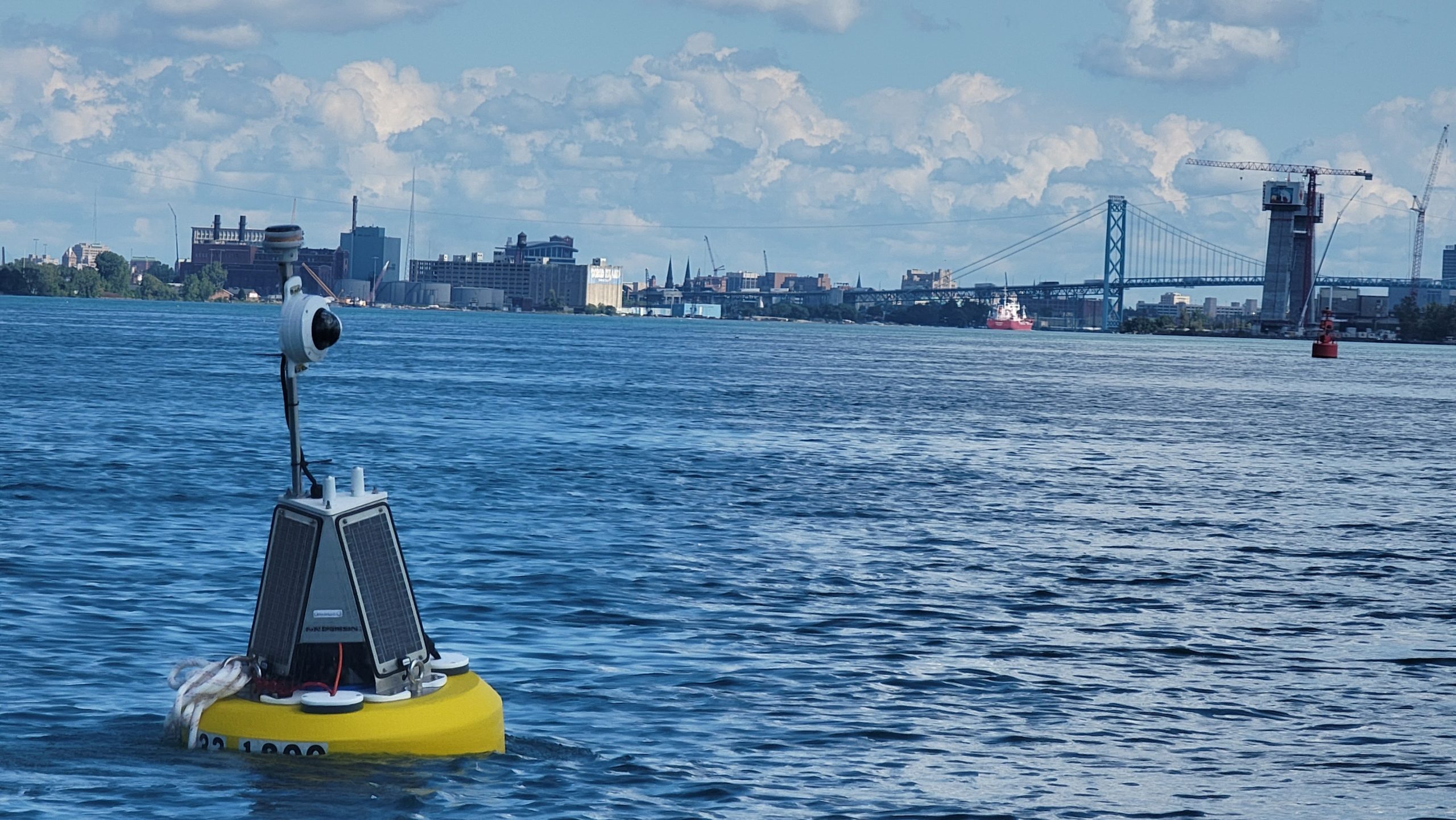
Researchers are creating a network of sensors to better understand the trends in the water chemistry of Lake Huron, one of the Great Lakes of North America. Here’s more about it.
What’s happening to lake Huron?
On December 19, The Associated Press reported that researchers are building a network of sensors for detecting trends in the water chemistry of lake Huron. This is the first step taken for measuring the pH and carbon dioxide levels in the grate lakes in several years. Research reveals that the rising atmospheric carbon dioxide is turning oceans more acidic. Recent research reveals that by 2100, the Great lakes may reach similar levels of acidity. Hence, this effort will help in better understanding the effect on lakes.
Two sensors were attached to a floating buoy at the Thunder Bay National Marine Sanctuary close to Alpena, Michigan. One sensor measures pH and the other measures carbon dioxide levels in the water column. The researchers are also collecting water samples from different depths and performing chemical analysis. The great lakes of Northern America are five interconnected water bodies on the US-Canada border. It is the largest freshwater lake group in the world and drains into the Gulf of St Lawrence.
Why is acidification of water bodies dangerous?
Acidification of water bodies occurs due to the absorption of the excess carbon dioxide present in the atmosphere. This leads to a lowering of pH, making the water bodies more acidic. As per the US National Oceanic and Atmospheric Administration (NOAA), oceans have become 30 percent more acidic in the last 200 years. A similar study in Taiwan reveals acidification at 2100 projected levels can triple the mortality rates of the Chinese mitten crabs in the system.
The Great Lakes contain about a fifth of the world’s freshwater in addition to serving as a habitat to over 3,500 species. However, recent studies reveal they are at risk as they might witness a decline of 0.29 to 0.49 pH units. However, the project at lake Huron is the first long-term project in this system. Hence, determining precise consequences is difficult in the absence of data. However, it is known that acidification leads to a decrease in biodiversity, and increases physiological challenges. Additionally, it is also capable of permanently altering biodiversity.
